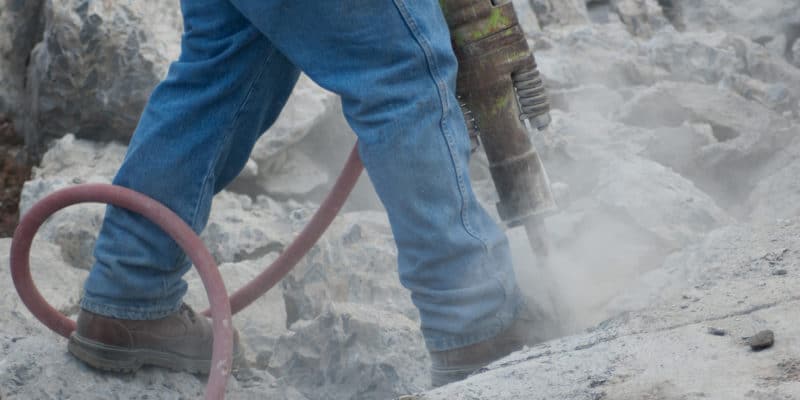It’s our 2oth Anniversary! Ensure to save the date and join NAFC as it will be holding its next Annual Conference in sunny San Diego, CA. The Conference will be held at the Hilton San Diego Bayfront Hotel, in downtown San Diego. This year’s Conference will be jointly sponsored by the Center for Contract Compliance and will have a national and California state specific focus. The NAFC National Conference is attended by several hundred participants from across the nation, including representatives from labor organizations, fair contractors, fair contracting compliance organizations as well as researchers, academics, attorneys and officials from federal, state and local governments.
Stay tuned for further information.









